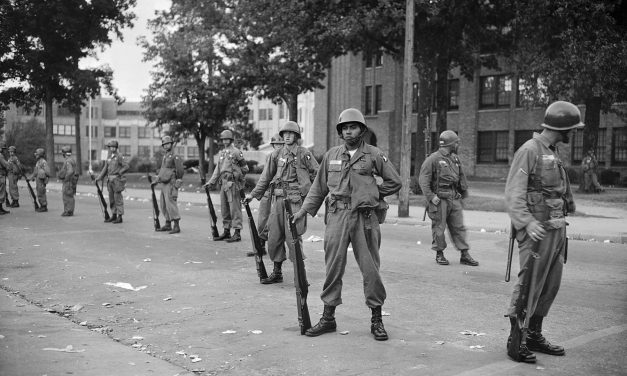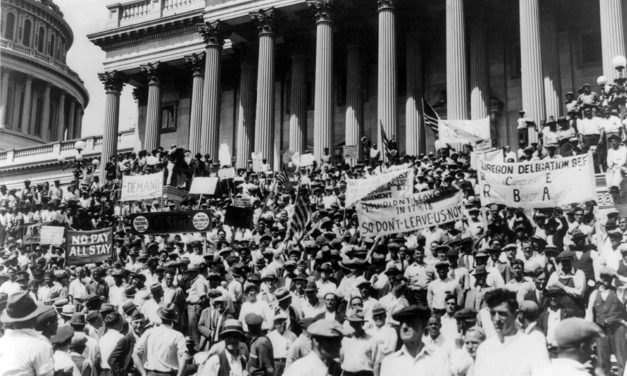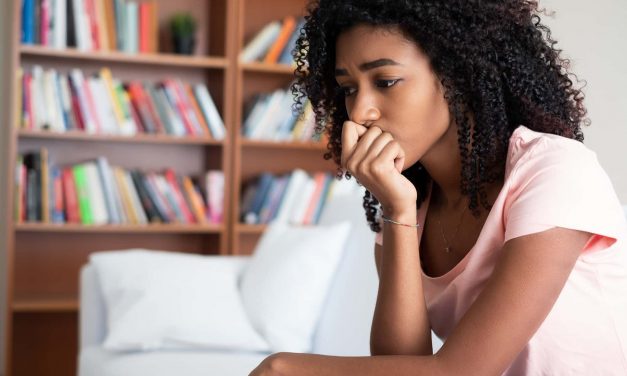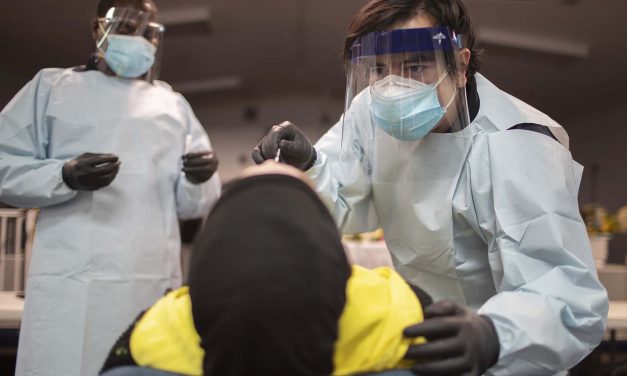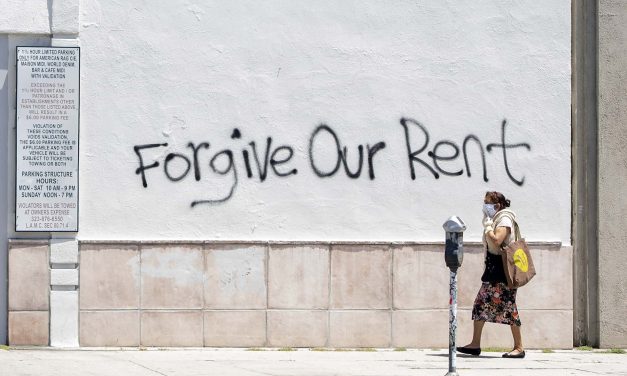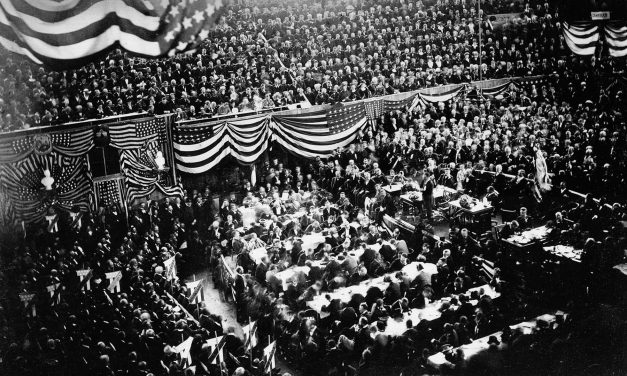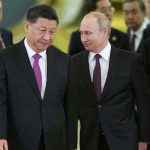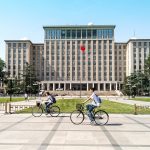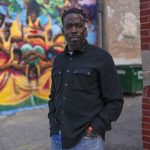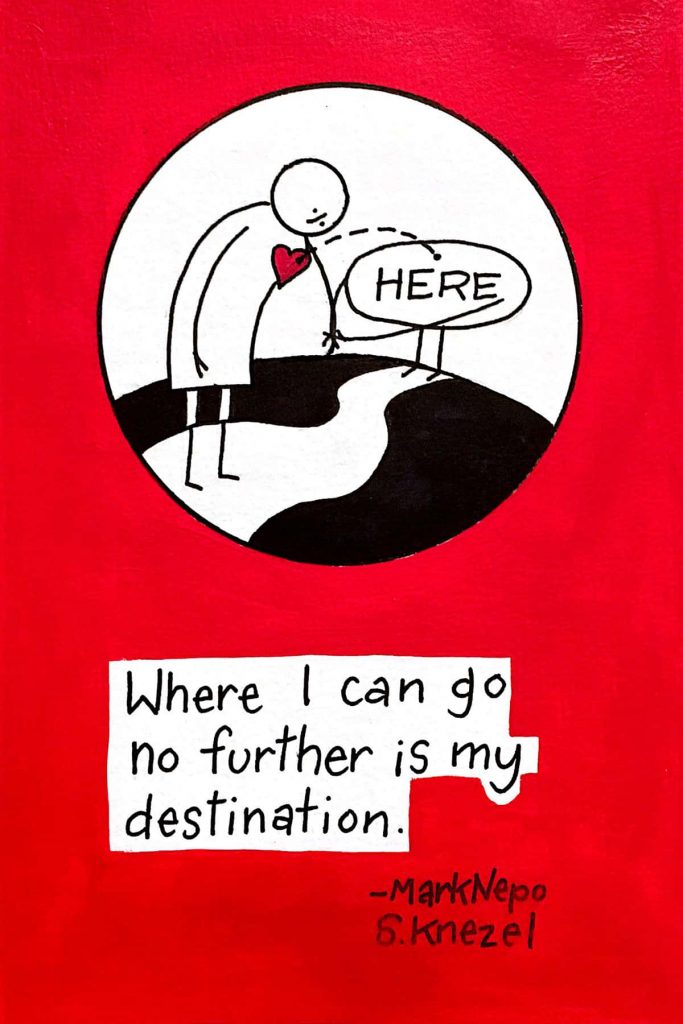Challenges to the 10th Amendment and the guarantee of a state’s sovereign right to police its citizens
By Frank V. Zerunyan, Professor of the Practice of Governance, University of Southern California The vast majority of anti-racism protests over the past two months in Portland, Oregon have reportedly been peaceful, and any damage was due to a small minority of rioters who fought police and federal agents around federal property. I recently visited the city and saw the destruction around the federal courthouse – walls defaced with graffiti, fences vandalized, and the remains of garbage fires that had been set. President Donald Trump sent in federal agents, falsely claiming that Portland was no longer able to maintain...
Read More
